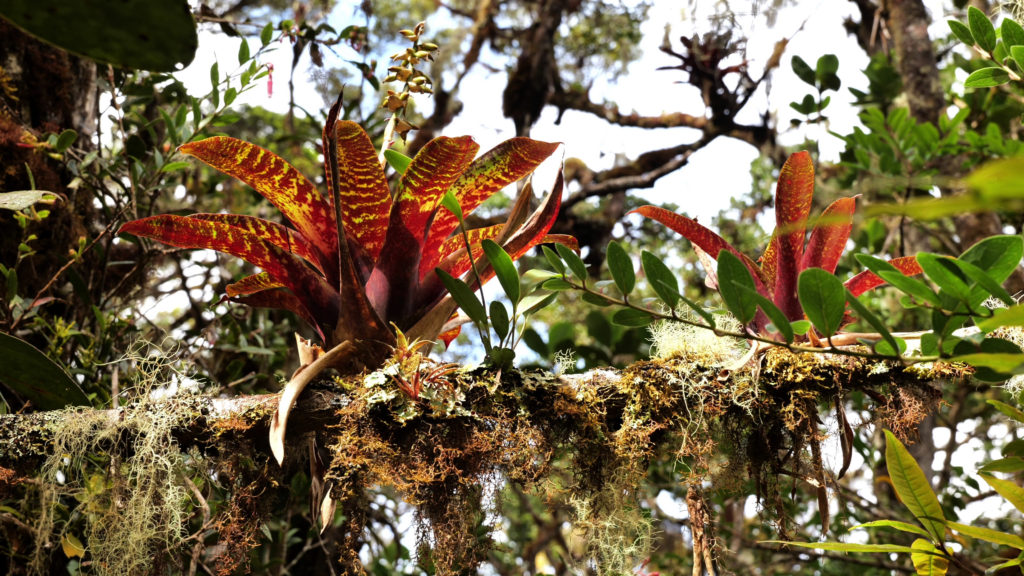Where do you find inspiration? Artists have always found inspiration in nature, from the oldest cave wall paintings to Hokusai, Marianne North, Monet, Ansel Adams, Frank Lloyd Wright, Georgia O’Keeffe, and Javiera Estrada. Nature’s billions of years of design and innovation, trial and error, upheaval and rejuvenation is there to explore.
How much of art and the drive to create derives from the impulse to investigate, to see what’s next, what’s around the next corner? I am still compelled to see what’s over the next hill, around the bend of the river. Combining our native curiosity with the eyes of both artist and scientist, inventor and engineer, carries us unpredictably; carries us to discoveries unforeseen and fortuitous. It’s captivating detective work that taps into our curiosity and our sense of wonder – our need for discovery.
Long ago I took a course in environmental design. An assignment was to look for form in nature and draw it. I began to notice that branches on my tomato plants were arranged on the stalk along a predictable helical line that stretched from the soil to the top of the plants. I began to find this pattern in many other plants – not all, around my neighborhood. I drew them. It was a cool assignment that is still with me after 40 years.
What I didn’t realize and did not have a name for until many years later was that I had recognized the Fibonacci sequence – the golden ratio. What I didn’t realize was that I had begun exploring the territory of Biomimicry.
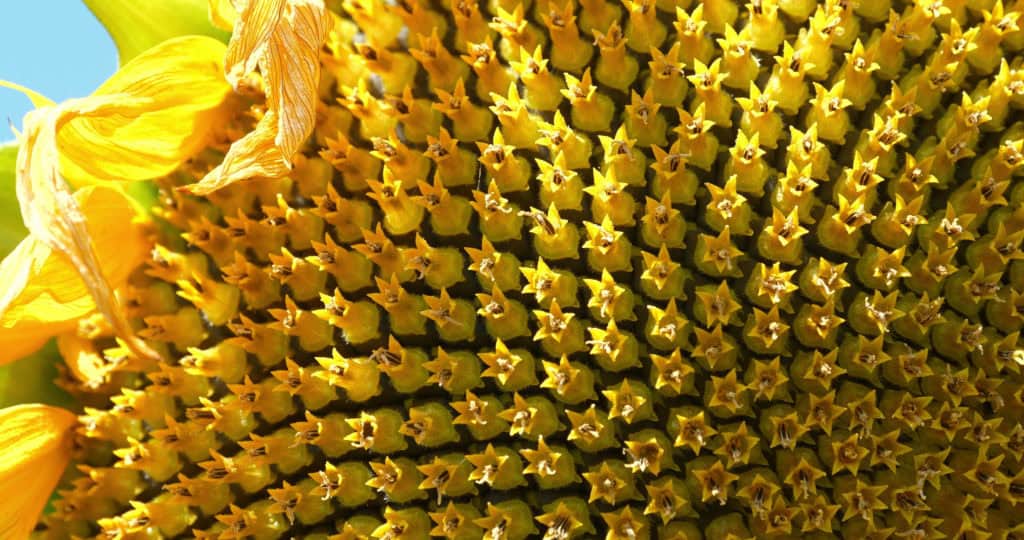
Biomimicry
Janine Benyus wrote the book on the subject that started many on their investigation of Biomimicry.
Janine’s book also helped spawn the Biomimicry Institute. They define biomimicry as:
“Biomimicry is a practice that learns from and mimics the strategies used by living organisms to solve challenges comparable to the ones we face as individuals and societies.”
The Institute is dedicated “to spread the practice of looking to the solutions developed by living organisms over billions of years to provide insight and inspiration for effective, efficient, and sustainable innovations and approaches to addressing our own challenges.”
*Note* The Biomimicry Institute has created a collaborative online community called the AskNature Hive that “believes in the power of harnessing nature’s strategies to transform the way we live, design, and build for the better.”
The AskNature Hive may be for you.
Patterns in nature abound. They can inform and inspire. I think of biomimicry as the creative investigation of form and function in nature.
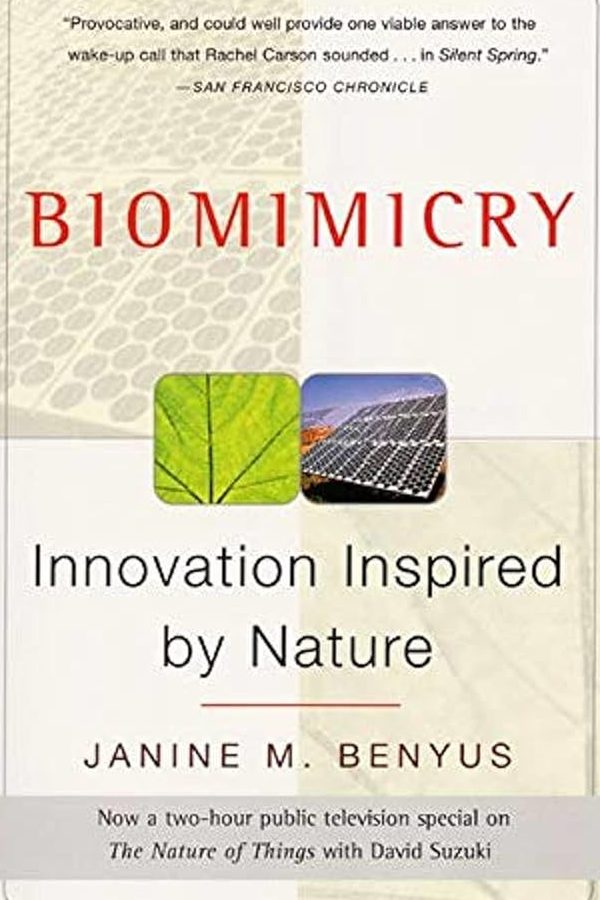
Velcro
The story of the invention of Velcro is a classic in the world of biomimicry. After struggling to remove the cockle burs from his dog’s fur and his pants after a day of hunting in Switzerland, Engineer George de Mestral took a look through a microscope at the pesky invaders and……invented velcro. The hook and ring design is a direct rip off of millenia of nature’s engineering the perfect seed dispersal technology.
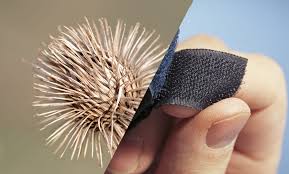
Shinkansen Bullet Train
When the Shinkansen Bullet Train first charged down Japan’s tracks it caused a thunderous problem. At over 300 kph it created a pressure wave in the air as it passed through tunnels. When that wave exited the tunnels it created a sonic boom that could be heard, and felt, for kilometers. The Shinkansen was a terrible neighbor.
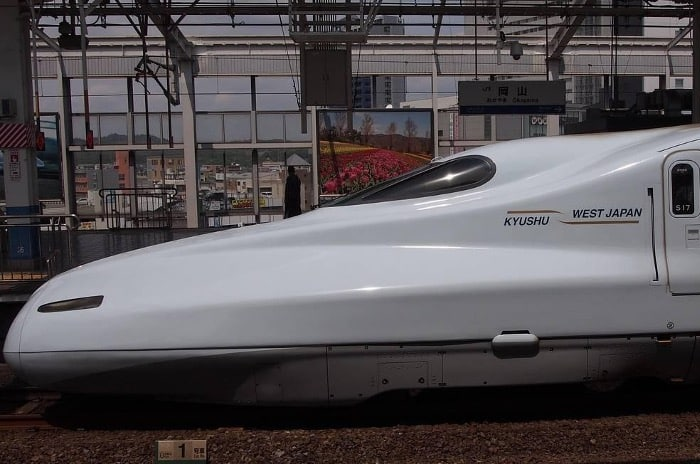
Luckily one of Shinkansen’s engineers, Eiji Nakatsu, was a birdwatcher. Kingfishers are little blue and orange birds that are, as their name implies, great at fishing. They fly low over the water and then dive in after their prey, small fish, with hardly a ripple as they enter the water. Mr. Nakatsu redesigned the front of the train to mimic the beak of the Kingfisher. Not only did the more aerodynamic design courtesy of the little bird solve the BOOM problem but the trains ended up being 10% faster while using 15% less energy. (Kingfishers also can shift their vision between two parts of their retinas when they enter the water so the change in refraction between air and water doesn’t put them off target. Remarkable little hunters).
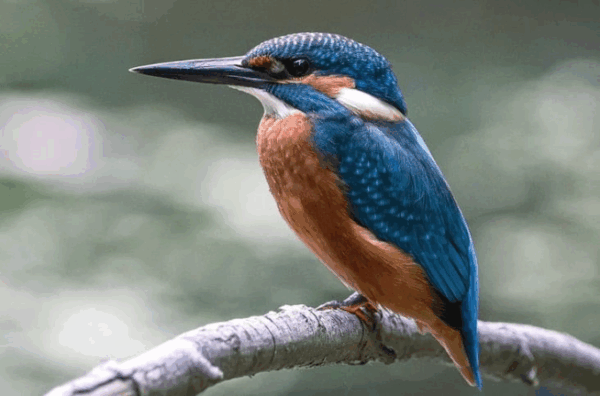
Whale powered wind turbines
Humpback whales have strange scallop shapes and knobs on their flippers. Only they have them. No one could understand these strange shapes which would seem to make them less efficient swimmers. After study it turns out that water actually flows more smoothly over the Humpback’s flippers because of this anatomy. Humpback hydrodynamics is being applied to wind turbines and industrial fans.
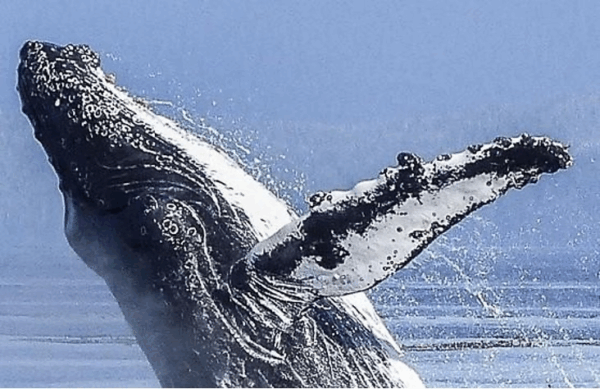
Blue Morpho Butterfly (Morpho menelaus)
The Blue Morpho is a large blue butterfly that I frequently see outside my window. It’s Costa Rica’s leading insect ambassador. People remember them for their striking color. Blue Morphos are not blue – at least not in the conventional sense. We normally see blue because of chemical pigments that absorb some wavelengths and reflect the blue part of the spectrum back to our eyes. Blue Morphos have none. They have nano-scale structures on their wings that diffract the light, canceling out certain wavelengths and intensifying and reflecting others. The Morpho seems bluer than blue.
If we can biomimic the Blue Morpho’s pallet control we could color surfaces and the color would not fade from chemical pigments breaking down in the sun. Imagine paint on your house or car or whatever you like that never fades. We might also be able to control temperature by creating nano-engineered coatings that keep us cool or warm passively.
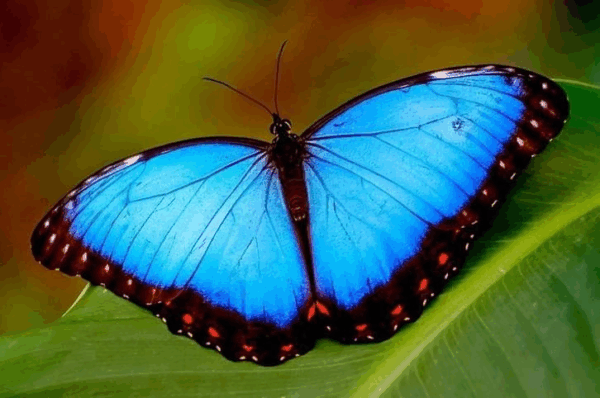
Nature – Your Creative Partner
If you drive an Audi there’s a chance that your dials are easy to read at night because they are copies of the non-reflective eyes of moths. Your swimsuit may be a replica of shark’s skin to help you scoot through the water. The little helicopter that was flying around on Mars did so after learning a few things from dragonflies. Bioprospecting, searching ecosystems like rainforests and jungles and marine environments for new compounds, is offering us new medicines. Biomimicry is all around us. Our environment is an endless resource for creative inspiration and innovation.
A part of the Creative E-Volution runs through biomimicry. I’ve been focused on engineering solutions in this article but biomimicry also provides fertile ground for educators, artists and beyond. Biomimicry can provide a wealth of inspiration and activity in the classroom, the studio, the lab, and the boardroom. It is a natural playmate of our innate curiosity.
Thanks for your attention. Please contact me if you would like more information or have suggestions.
05 Apr. 2025 Steven Greenleaf
